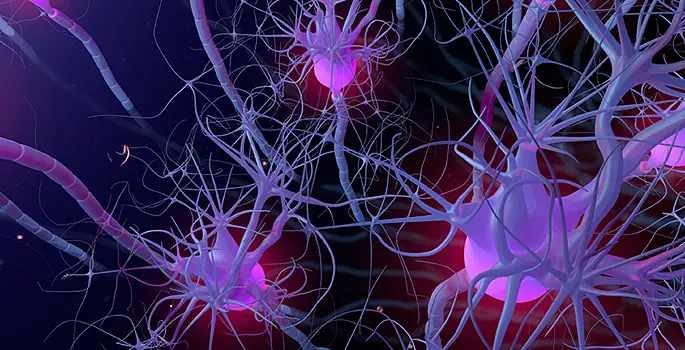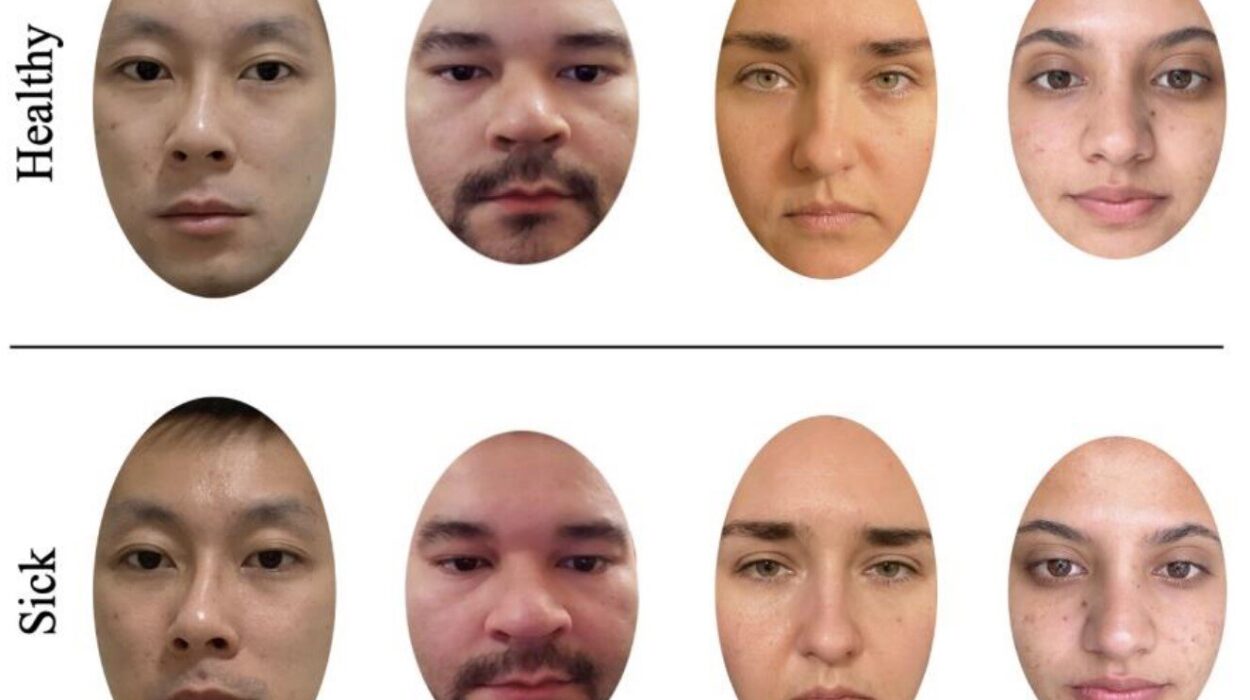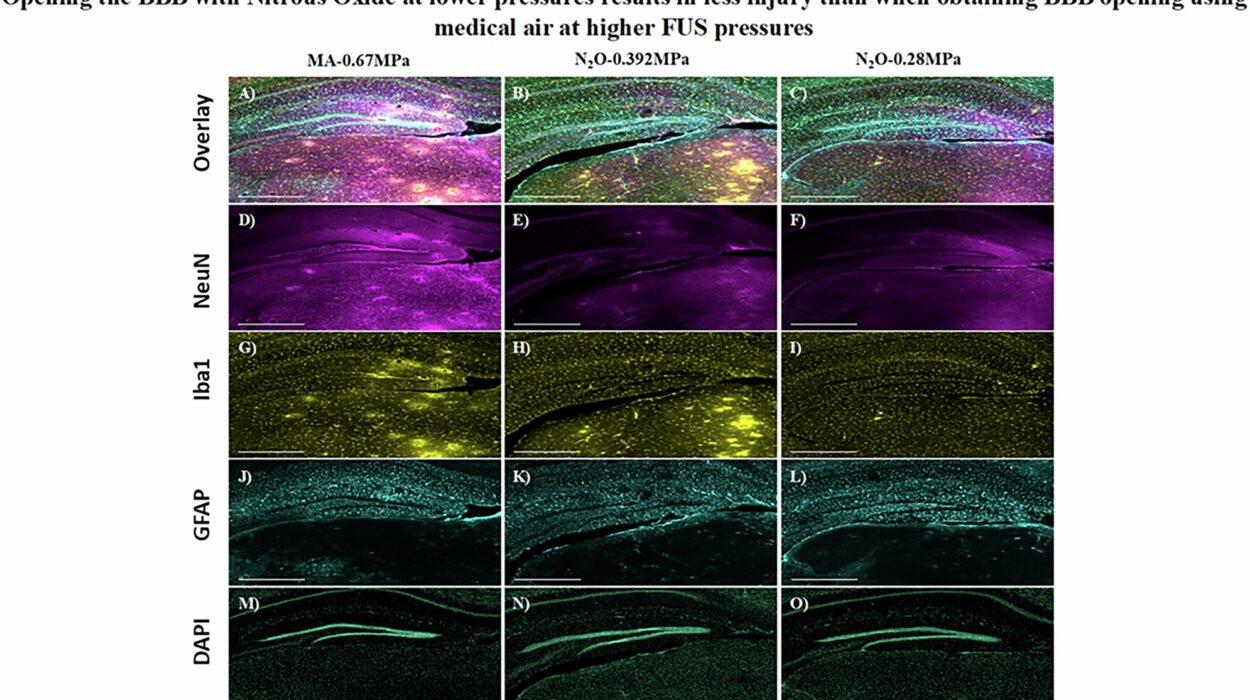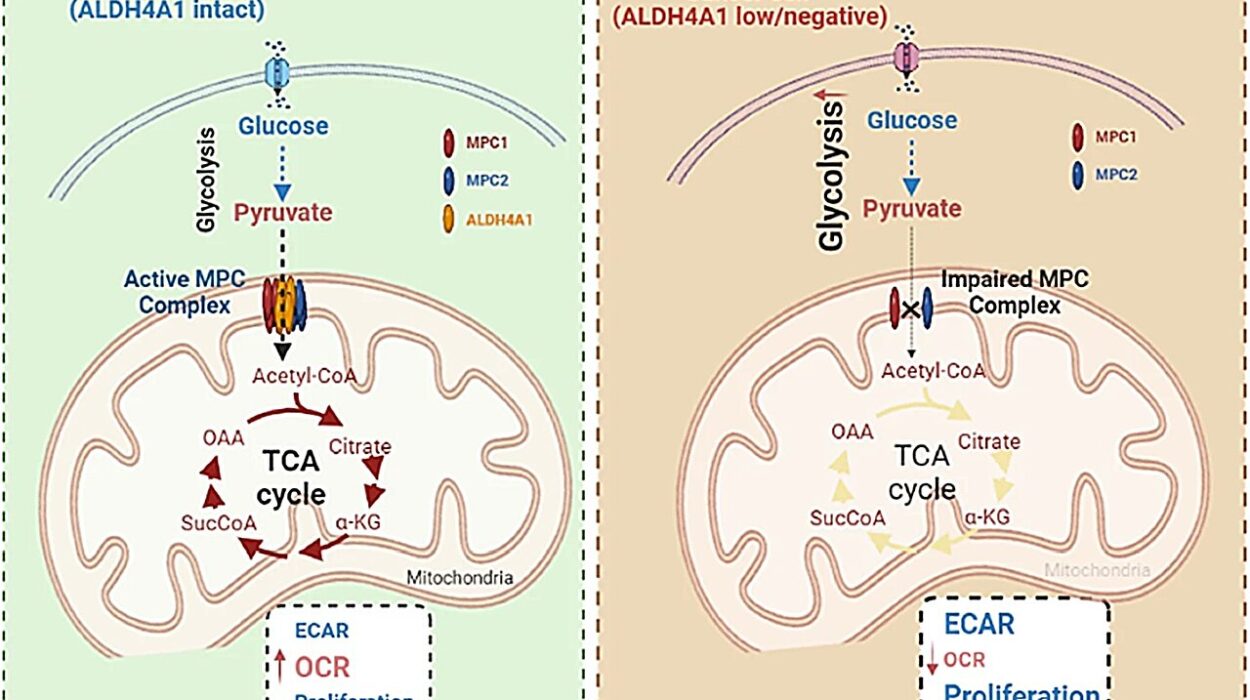Everyone has felt it: the frustrating blank where a name, a date, or a crucial fact should be. You meet someone, hear their name, and only minutes later it has vanished as if it never existed. You study for an exam, feel confident, and by the next day the details seem to have slipped through your fingers like water through a sieve. Forgetting is a universal human experience, so woven into our lives that we accept it as inevitable.
But in the late 19th century, one man became obsessed with the mechanics of this mental erosion. Hermann Ebbinghaus, a German psychologist, did something that very few would dare: he turned himself into a laboratory, probing the limits of memory with almost mechanical precision. The result was a discovery that would shape our understanding of learning forever — the Forgetting Curve.
Hermann Ebbinghaus: The Man Who Measured Memory
Ebbinghaus was not driven by casual curiosity. He was a meticulous and disciplined thinker who wanted to transform memory from a vague, philosophical concept into something measurable and scientific. In the 1870s, psychology was still in its infancy as an experimental science. The mind was largely treated as the domain of introspection and speculation. But Ebbinghaus wanted numbers, graphs, data. He wanted to see memory plotted out like a mountain range or a weather pattern.
Lacking a pool of willing participants, he volunteered himself. His method was simple in concept but arduous in practice: he would memorize sequences of nonsense syllables — meaningless three-letter combinations like “WID” or “ZOF” — so that his prior knowledge or associations could not influence recall. He would then measure how much he could remember after various intervals of time, repeating the process thousands of times.
What emerged from this painstaking work was a clear, repeating pattern. Memory, it seemed, did not fade at a constant rate. Instead, it decayed rapidly at first, then more slowly over time. Within the first day, Ebbinghaus could lose as much as 60% of what he had learned. After that, the decline flattened, but forgetting still crept forward.
The Shape of Forgetting
The graph Ebbinghaus produced — the now-famous Forgetting Curve — resembles a steep slope that gradually levels off. At the top of the curve, memory is fresh and recall is high. But in the hours and days that follow, the curve plunges sharply. If the information is not revisited, most of it vanishes into the fog of forgetting. The first moments after learning are the most vulnerable. By the end of the first week, without review, only a fraction of the original material may remain.
This shape is not just a human quirk; it is the result of how our brains evolved. Our memory systems are optimized not for perfect storage but for survival. For much of human history, it was more important to remember relevant, frequently used information — where to find food, how to avoid predators — than to maintain a perfect archive of every detail we encountered. The brain filters ruthlessly, discarding what it deems unimportant. The Forgetting Curve is the mathematical reflection of that ruthless efficiency.
Why the Brain Lets Go
It is tempting to see forgetting as a failure, as if the brain were a faulty computer with a leaky hard drive. But forgetting serves an adaptive purpose. Neuroscientists now believe that memory is not meant to be a perfect record; it is a dynamic system that balances retention with flexibility. If we remembered every irrelevant detail — the exact arrangement of leaves on a tree, every face we glanced at in a crowd — our mental landscapes would be cluttered beyond use.
Forgetting helps free up cognitive resources. The connections between neurons, or synapses, are constantly being remodeled. Memories that are not reinforced tend to weaken as the brain reallocates space and energy to more active circuits. In this way, forgetting is a kind of pruning, like a gardener trimming branches to keep a tree healthy. This process, known as synaptic downscaling, ensures that the brain remains adaptable.
The problem is that the brain cannot distinguish between a fact you desperately want to remember for an exam and the color of the socks you wore yesterday — unless you give it repeated signals that the information matters.
The Emotional Weight of Memory
Not all memories fade equally. Strong emotional experiences — the birth of a child, the shock of an accident, the thrill of a first kiss — often remain vivid for decades. This is because emotion acts like a highlighter in the brain. When something carries emotional weight, the amygdala sends signals that boost the storage of the memory in the hippocampus, making it more likely to be retained.
This is why you may clearly recall where you were when you heard certain news but struggle to remember what you had for lunch last Thursday. Emotional salience can bend the Forgetting Curve, flattening it for certain memories, while mundane or abstract information slides rapidly downward.
Fighting the Curve: The Power of Review
Ebbinghaus’s work did not stop at identifying the problem. He also discovered a solution: spaced repetition. When information is reviewed at carefully timed intervals, the curve changes shape. Each review lifts the memory back up, and over time, the slope becomes less steep. Instead of plunging toward oblivion, the memory begins to stabilize.
The principle is simple but profound. If you review material soon after learning it, you catch it before it has dropped too far on the curve. The next time you review, you wait a bit longer, reinforcing the memory when it is on the edge of fading. Each repetition strengthens the neural connections, making the memory more resilient.
Modern learning systems, from flashcard apps to advanced educational programs, are built on this foundation. They algorithmically determine the optimal time to review each piece of information, ensuring that it is refreshed just before it would otherwise be forgotten.
Sleep and the Silent Consolidator
Even with spaced repetition, memory is not built in the classroom alone. Sleep plays a critical role in moving information from short-term storage in the hippocampus to long-term storage in the neocortex. During deep sleep, especially in slow-wave stages, the brain replays patterns of neural activity from the day, strengthening synaptic connections. REM sleep, with its vivid dreams, also contributes to integrating memories and linking them with other knowledge.
Without adequate sleep, the consolidation process is disrupted. This is why “cramming” the night before an exam, especially if it involves sacrificing rest, often leads to poor retention. The material may feel familiar immediately after studying, but without the consolidation that sleep provides, it will slide rapidly down the Forgetting Curve.
Attention: The Gateway to Retention
Before memory can even begin to form, attention must open the door. In a world overflowing with distractions, this is harder than it sounds. Multitasking, constant notifications, and fragmented focus all impair the brain’s ability to encode information in the first place. If you never truly focus on the material, the curve will be irrelevant — there was nothing substantial stored to begin with.
Deep, sustained attention engages the prefrontal cortex, allowing information to be more effectively processed by the hippocampus. This is why active engagement — asking questions, teaching others, using the information in practice — creates memories that last longer. Passive exposure is like writing in sand; active learning is like carving into stone.
The Role of Context and Meaning
Ebbinghaus deliberately used nonsense syllables to avoid the influence of prior knowledge, but in real life, context matters immensely. Information that connects to what you already know is easier to remember. The brain loves patterns and associations. A fact linked to a vivid image, a story, or a personal experience is less likely to slide down the Forgetting Curve.
This is why mnemonic devices, storytelling, and analogies are powerful. They attach new information to existing neural networks, making it less likely to be pruned away. If forgetting is the brain’s default, meaning and connection are its counterweights.
Technology and the Modern Memory
Today, we live in a world where external memory systems — from books to smartphones — store vast amounts of information for us. This has changed the way we use our biological memory. Some researchers worry that our reliance on external storage might weaken our ability to retain facts internally. Others argue that it simply shifts the role of memory from storage to navigation: knowing where and how to find information becomes as important as remembering the details themselves.
But no matter how advanced technology becomes, there are still domains — language learning, professional expertise, personal experiences — where internal memory is irreplaceable. Here, the laws of the Forgetting Curve still apply.
Beyond the Individual: The Collective Memory
The Forgetting Curve is not just a phenomenon of individual minds. Societies, too, forget. Cultural knowledge, historical events, and even scientific discoveries can fade if they are not revisited and reinforced in collective consciousness. Traditions, rituals, and education systems are, in a sense, societal spaced repetition — mechanisms to keep important knowledge from disappearing across generations.
When cultures stop telling certain stories or teaching certain lessons, they risk losing them entirely. The slope of the curve at the societal level may be longer, but without reinforcement, it still descends.
Memory, Identity, and the Self
There is something deeply personal about forgetting. Our memories are the scaffolding of our identities. They tell us who we are, where we have been, and what we value. When we forget, it can feel as though a part of ourselves has been erased. This is why memory loss from conditions like Alzheimer’s is so devastating — it is not just information that is lost, but the continuity of self.
Understanding the Forgetting Curve is, in a way, an act of self-preservation. By consciously reinforcing what matters to us — the people, the skills, the knowledge that shape our lives — we can protect more of ourselves from the erosion of time.
Living with the Curve
The Forgetting Curve is not an enemy to be defeated, but a reality to be managed. It is the shape of human memory, sculpted by evolution to balance retention with flexibility. Forgetting allows us to adapt, to focus on the present, to make room for the new. But when something truly matters, we have the tools to keep it.
By combining attention, meaning, spaced repetition, and rest, we can flatten the slope, holding onto what matters for years or even a lifetime. In this way, we are not powerless before the curve. We are its collaborators, shaping our memories through the way we live and learn.






